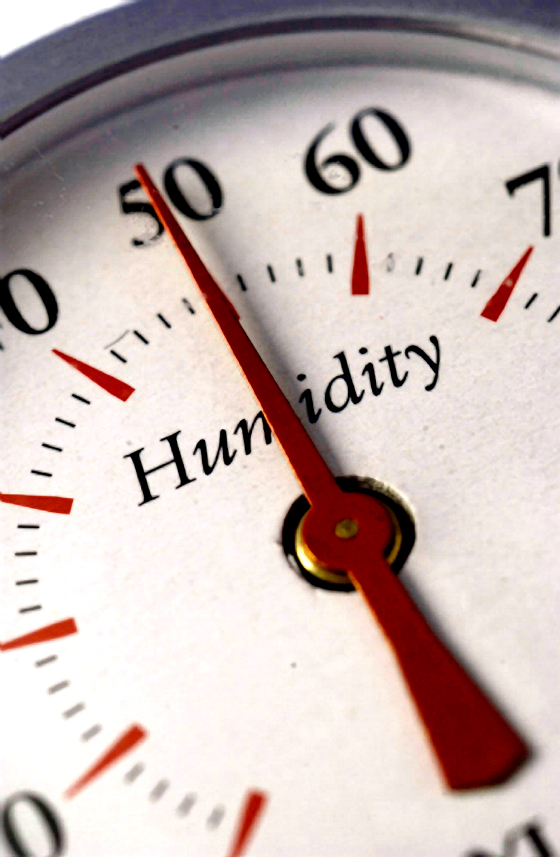
One of the complaints that people sometimes have about HVAC is that it tends to reduce the humidity levels in buildings, at least if the system is older and not particularly sophisticated. One of the challenges with keeping humidity levels at a comfortable level is the fact that the measure, in the most meaningful aspect, is completely subjective. People’s preferences in this regard can be quite extreme. Some people, for instance, would find Florida’s levels of humidity to be just right and others might prefer Arizona.
New York, of course, isn’t extreme in this regard, but a hot summer day with a high humidity level may make the interior of an air-conditioned building feel incredibly pleasant. For some people, however, having things on the humid side will be more pleasant, and either can be accommodated with new HVAC systems.
What Is Comfortable?
There are many different assessments regarding what’s a comfortable level of humidity, but most people usually find between 30% and 60% humidity to be comfortable for an interior environment. Anything below or above that is generally going to feel a bit dry or too humid, respectively.
On very hot summer days, it’s natural to crank the AC up, but that might make the environment too dry for some people. There are some ways you can address this.
- Talk to an Commercial HVAC company about a newer system
- Turn down the AC a bit
- Run the AC at night to cool the building so it doesn’t have to be cooled as much during the day
Air conditioners work by taking humidity out of the air, so it’s always going to be a bit drier when running one of these systems. However, in some cases, this is actually a significant benefit.
Summers can get very humid and there’s really nothing more miserable than sweating and not having it evaporate off of your body. The dehumidifying properties of HVAC can sometimes make interior environments feel perfect by taking those humidity levels down quite a bit, providing shelter from the incessantly miserable humidity levels outside.
What follows are some tips that you can use when it’s too dry or too humid inside and ways you can use the HVAC to help.
Too Dry
If the interior is too dry, you might want to start by just turning the unit down a bit. You can also use eye drops to keep your eyes comfortable when working in front of a computer, which tends to exacerbate dry eye issues, along with low humidity levels.
There is AC units out now that can control humidity very precisely and they’re great options for businesses.
Whatever you do, don’t run a humidifier. The humidifier will start putting water vapor into the air, which the HVAC will have to run harder to remove. This is just wasting energy to no real benefit.
Too Humid
If you’re running the fan on your HVAC without the cooling on, turn it off. This might seem like a clever way to save power, but you’re humidifying the air when you do this and it’s just going to make the air quality worse and harder for the HVAC to address.
This is one case where you might want to turn the AC up a bit. It can drop the humidity levels to a comfortable percentage, but be sure you’re not sabotaging it by letting air in from the outside. Keep entryways closed as much as possible and keep windows closed.
Modern HVAC systems are much more sensitive and better able to regulate humidity than older ones. Consider upgrading if yours is outdated.